Promoting Regeneration of Rural Villages
- Update:
- Views: 1217
Promotion of Rural Regeneration
⑴ Cultivation of Labor Forces for Rural Regeneration
Rural Regeneration 2.0 focuses on diversified participation, innovation and cooperation, actively strengthens the rural talents cultivation and local talents' professional quality. It encourages professionals in various fields to participate in rural affairs, guides young people to work in rural areas, introduces innovative ideas and vitality, imports more external experts to provide consultation, so as to add value to rural labor forces and promote rural regeneration.
① Incubation projection
Incubation projection focuses on the participation willingness and motivation of the community. All members of the community participated in rural regeneration to achieve the goal of independent development. By the end of 2019, a total of 2,617 communities (more than 62% of rural communities in Taiwan) had been trained. Through the existing resources and channels, the county (city) government guided the residents to understand the local resources, discover the characteristics of the community, draw up action plans, discuss the vision of the community, build consensus, and jointly build the rural development direction and future blueprint.
Considering the agricultural policy, the characteristics of the community, the kinetic energy and the overall development demand and other conditions, ARDSWC integrated public and private sector resources to provide different ways and levels of guidance and consultation to each community. It offered goal-oriented training courses in the application of innovative technologies in agriculture and rural areas, the introduction of pioneering concepts, operation, development and management. Experts and scholars in various fields were invited to give lectures. The participants from villages that had not yet participated in rural regeneration could also receive training. In addition to introducing professional talents into rural areas, the quality of local talents can also be improved to enhance the development ability of the community.
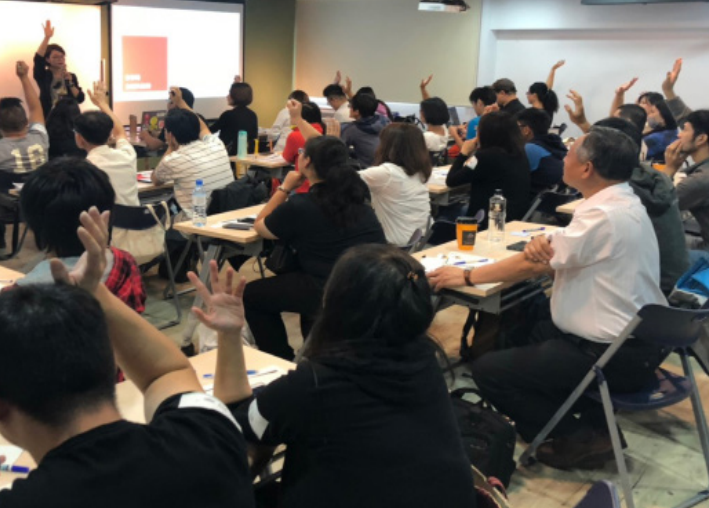
② Rural Up
“Rural Up- Staying in the Rural Village for Youth”, “Rural Up” and “Rural Up 2.0” series activities were held. Opportunities were provided for those who are not specialized in agriculture to participate in rural development and creations. Different professions were introduced to help rural communities. “Rural Up” has been held for nine sessions since 2011, attracting 4,400 students from hundreds of colleges and universities, 1,415 of which resided in the villages. In addition, ARDSWC provided channels for the young generations to participate in the rural areas, assist in industrial upgrading and brand building, and inherit local culture and education, which involves a wide range of dimensions and outputs fruitful results.
In combination with corporate social responsibility, the full bonus was offered by the Sinyin House-community building plan for all people. The Most Beautiful Rural Story Center in Taiwan aims to keep talents in rural areas, providing ten rural practical learning opportunities (Rural Up Stars Award). It took young people who had successfully rooted in rural areas as learning objects, and selected college students with development potential to go to the rural area for in-depth learning, so as to continue their enthusiasm for rural development. In addition, in the first cooperation with TV media in 2019, the most wanted story about college students in the village was selected by the producer of SET and the audience (Rural Up Story Award), and the stories of college students working in villages were shown in the "Career Masters" program to show corporate social responsibility. This competition fully demonstrated the concerted efforts of the public and private sectors to cultivate rural talents.
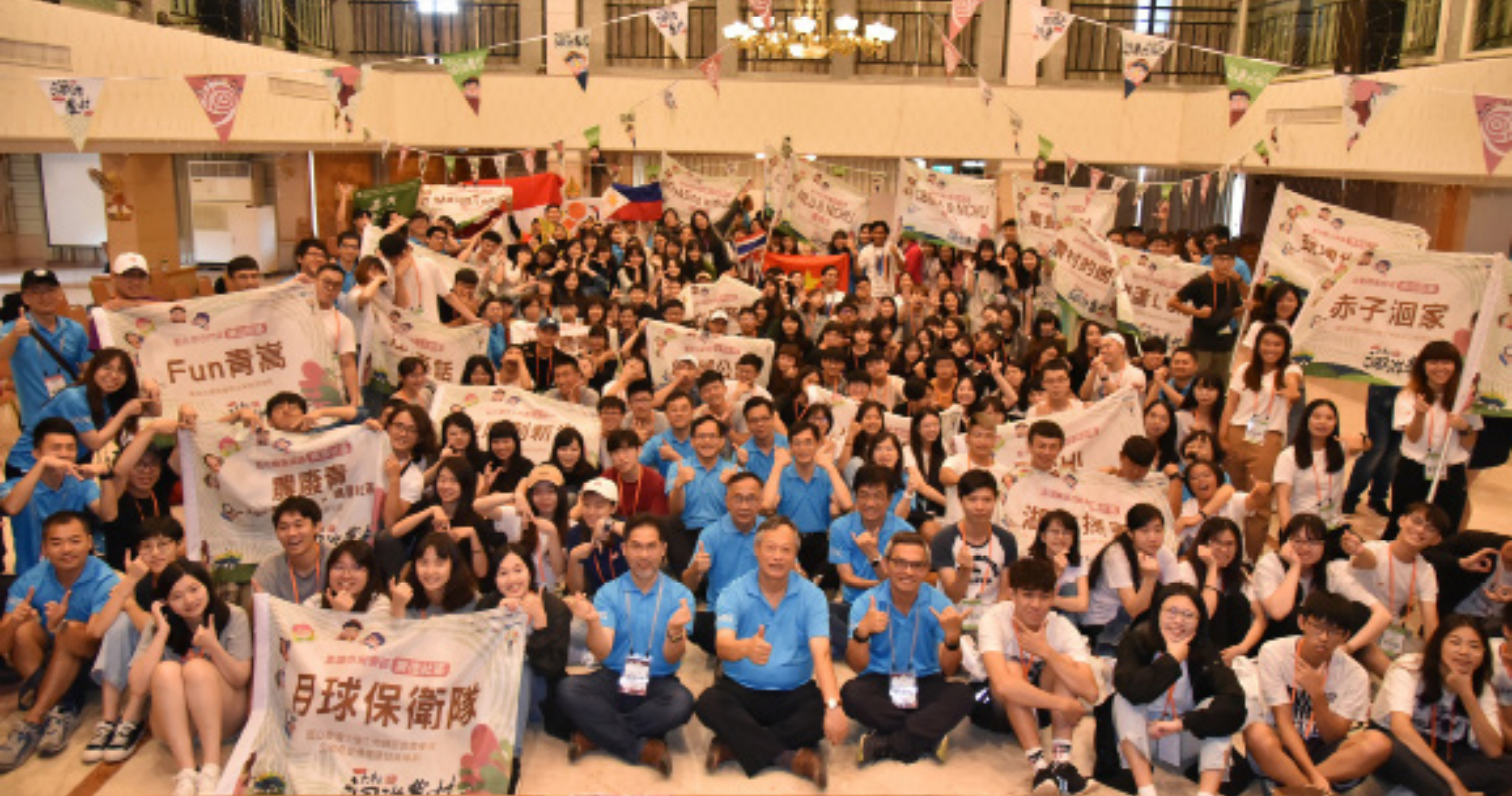
③ Young generations returned to rural innovation
To encourage the young generations to introduce creative ideas based on the rural or agricultural-related issues, young generations or their representatives teamed up or worked with relevant organizations to propose innovative research plans, thus creating rural value and assisting in cross-domain and specialty regional development. 123 subsidies were approved in the plan (75 in the individual group and 48 in the co-innovation group), which effectively promoted rural industrial and economic growth, successfully attracted 525 young people into rural communities, in order to attract the young generation to return to the rural villages.
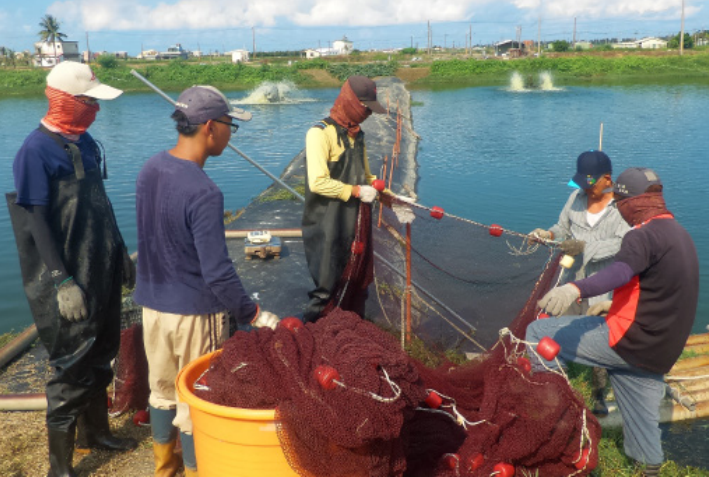
④ Campus co-innovation practice
ARDSWC encouraged teachers in colleges and universities to combine professional courses with the energy of campus and rural integration (knowledge and practice) to plan innovative education courses and closely connected the campus and the rural area.
A total of 85 projects have been applied and 30 projects have been approved to help teachers open up the rural imagination of young students with the most fashionable rural curriculum through innovative education.
-
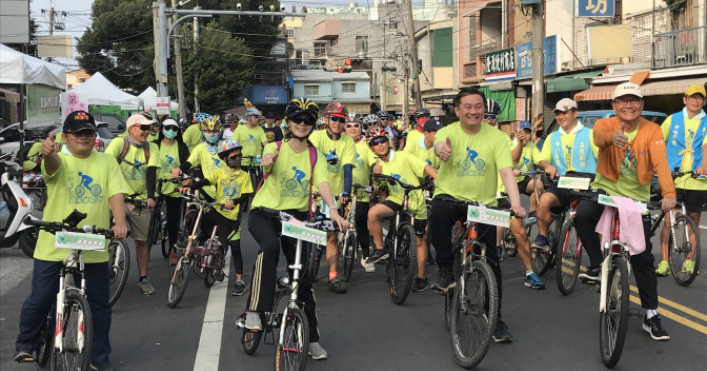
Chang Jung Christian University held the “Baosheng Chungchou Biking Tour” during the Campus Co-innovation Practice, and many people came to experience it. -
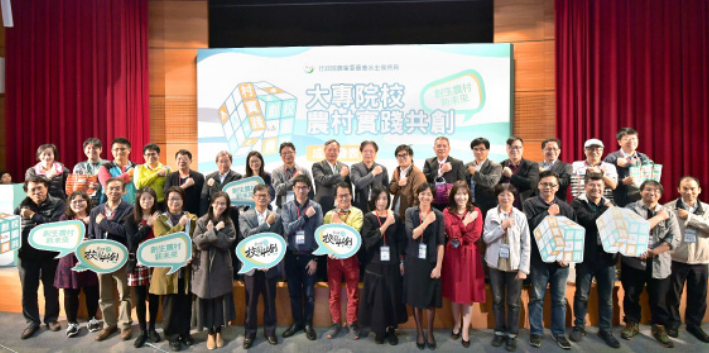
The teachers who participated in the program shared their experience at the conference of the co-innovation practice achievements in colleges and universities.
⑵ Revitalize the rural community industries
According to the counseling needs or development ideas for the revitalization of agricultural-related industries proposed by the rural community, based on the traditional rural agricultural industry, life culture, landscape features, ecology, and cultural assets, a forward-looking and systematic industrial activation strategy was established. ARDSWC activated the rural characteristic industry counseling, integration and marketing promotion, assisted in the rural industry development, and revitalized the rural economy.
① Corporate counseling for rural community industries
ARDSWC provided systematic guidance to assist the development of rural industries, selected potential quality agricultural producers or operators to transform into companies or cooperatives and strengthened their entrepreneurial management and innovative energy. So as to guide them to gradually transform into social enterprises and expand their influence on society and the environment. Through the integration of rural communities, the overall production capacity and the output value of rural industries were expanded to increase the input of young people and improve the income of farmers. A total of 96 high-quality rural enterprises have been tutored, and rural community enterprises have been assisted in diversified development, including agricultural technology, innovative product development, brand marketing and promotion, and channel expansion. In 2019, the output value reached NT$1.51 billion, the investment of enterprises reached NT$400 million, 855 jobs were provided and 536 young farmers stayed in or returned to their hometown.
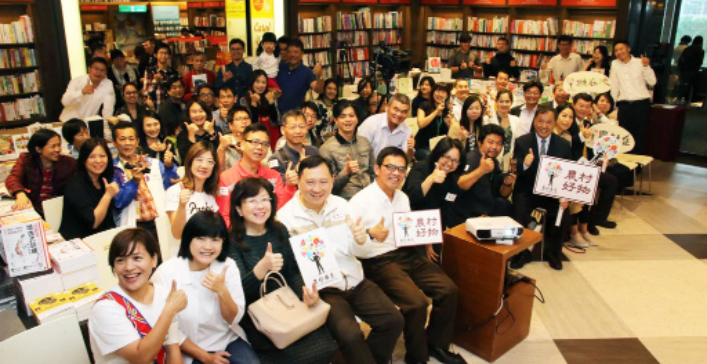
② RCross-domain plan for rural industries
Rural Regeneration is promoted in diverse ways towards overall regional development and diverse participation of local governments. ARDSWC adopted the regional development concept to connect rural industrial chains. Through cross-domain cooperation between the public and private sectors, ARDSWC integrated regional resources and assisted in the development of rural industries, thus revitalizing the local economy, and creating regional or axial themed highlights. The key points of promoting the cross-domain rural industries include: integrating key industrial plans or cluster industries, integrating key policy development areas (Group production areas and recreational agriculture areas) and integrating market niche industries (organic products, safety, and health). In 2019, a total of 39 highlights and industrial plans were promoted, of which 32 were continued from the 2018 promotion plan. Through the overall platform, ARDSWC integrated the resources of all the entities, and each branch office coordinated the regional platform and managed the cooperation of related entities. A total of eight agricultural production technology plans and 252 software promotion plans have been approved. Cross-domain industries covered Tea, litchi, red quinoa, coffee, and vanilla, and were promoted by the Tea Research and Extension Station, Agriculture and Food Agency, Taiwan Agricultural Research Institute, Agricultural Research and Extension Station, Taiwan Seed Improvement, Hakka Affairs Council, and farmers’ associations.
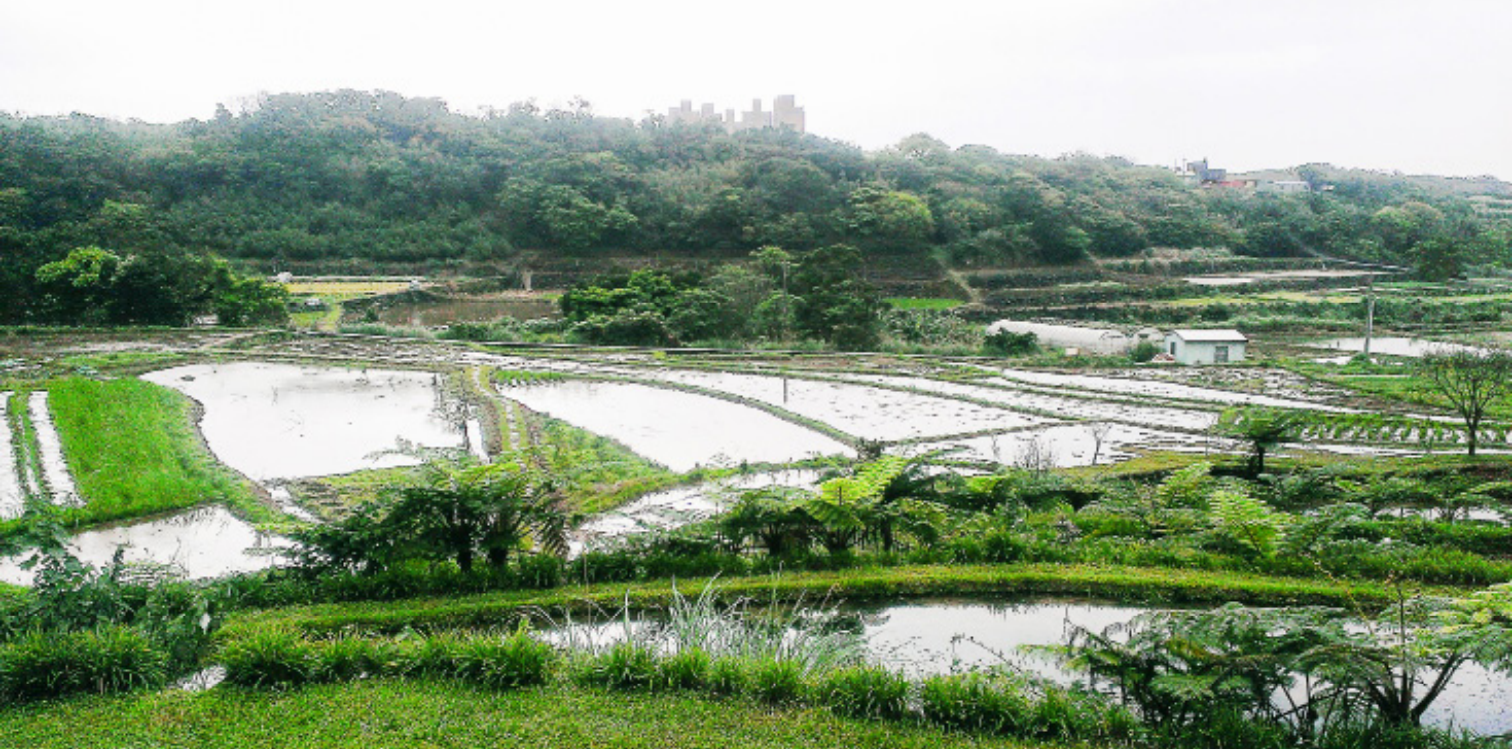
③ Promotion of Satoyama Ecological Rural Areas
Since 2017, ARDSWC has been promoting Satoyama Initiative, with the aim to protect the rural society of Taiwan–SEPLs (Social-Ecological Production Landscapes), thereby reshaping the ecosystem service system, and achieving the ecological deep economy that focuses on both natural conservation and local economic development. In 2018, through 30 Satoyama ecological potential rural training sessions in Taiwan Power, ARDSWC helped the communities independently assess their resilience, understand their needs, and then integrated the software and hardware through the rural regeneration mechanism to make the communities move towards the vision of harmonious coexistence with nature. In order to further implement the vision of the National Satoyama Initiative, ARDSWC held an international workshop on “Socio-Ecological Production Landscape” resilience assessment in Gongrong Community of New Taipei City in 2019, ARDSWC invited IPSI experts to introduce resilience indexes, deepened the practical basis of Satoyama Initiative in Taiwan, shared and introduced valuable experience of various countries in Satoyama Initiative and production landscape maintenance. In addition, the resilience index (COMDEKS) assessment was conducted in 14 potential communities, and the goals and assistance needed were analyzed according to the results, so as to continue to practice the Satoyama spirit in rural areas of Taiwan.